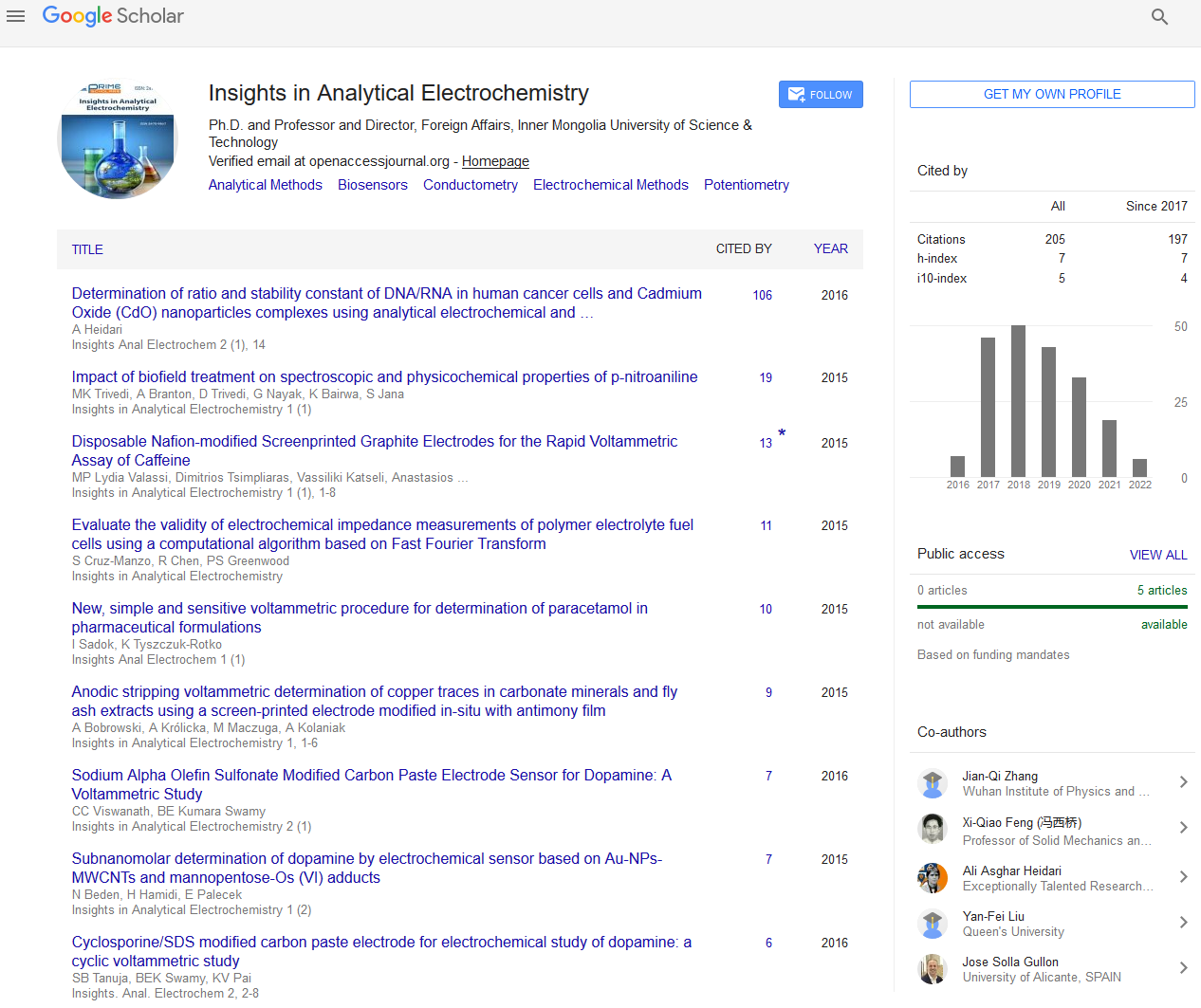Opinion - (2022) Volume 8, Issue 1
Study of Molecular diagnosis of Paramyxoviridae in Beaked Whales
Stranded in the Canary Islands
Reeve Rick*
Department of Molecular Chemistry, University of Glasgow, United Kingdom
*Correspondence:
Reeve Rick, Department of Molecular Chemistry, University of Glasgow,
United Kingdom,
Email:
Received: 03-Jan-2022, Manuscript No. IPAEI -22-12710;
Editor assigned: 05-Jan-2022, Pre QC No. IPAEI -22-12710 (PQ);
Reviewed: 19-Jan-2022, QC No. IPAEI -22-12710;
Revised: 24-Jan-2022, Manuscript No. IPAEI -22-12710 (R);
Published:
31-Jan-2022, DOI: 10.21767 / ipaei - 8.1.5
Introduction
The overview of of Paramyxoviridae was acted in stranded bent
whale (BW) in the Canary Islands. Paramyxoviridae is answerable
for epigenetic occasions worldwide with the most elevated
mass mortality in scavangers, albeit the Canary Islands pandemic
status gives off an impression of being an endemic one.
A sum of 319 tissue tests from 55 BW (35 BW from Cuvier and
20 from the sort Mesoplodon) had a part of Paramyxoviridae
combination of protein (F) and additionally phosphoprotein (P)
enhanced utilizing at least one of three strategies. RNA honesty
couldn’t be shown in examples from 11 creature species.
The inspiration (Dolphin morbillivirus (DMV) strain) was recognized
in the skin test of a solitary male Cuvier BW abandoned
in 2002, the principal affirmed event of DMV in the BW species.
The P quality arrangement got shows the nearest relationship
to other DMVs identified in a striped dolphin abandoned in the
Canary Islands around the same time. A phylogenetic investigation
upholds the prior speculation of interspecific virus and
the presence of endemic strains of DMV circling in the Atlantic
Ocean like those found later in the Northeast Atlantic Ocean,
Mediterranean Sea and South Pacific Ocean. Paramyxoviridae,
comprising of a solitary abandoned, negative-sense RNA particle,
is answerable for enormous phylogenetic waves in shellfish,
causing a large number of the world’s mass passings in species.
The really neurotic signs depicted in tainted scavangers are
bronchial interstitial pneumonia, lymphatic consumption, and
irreversible meningitis, as well as expanded helplessness to infections.
As per the phase of contamination, four sickness signs
have as of late been portrayed, intense and subacute fundamental
sicknesses, persistent foundational diseases, and constant
central CeMV encephalitis. Two CeMV strains have been
proposed: CeMV1 for the northern half of the globe “old” line comprising of dolphin-borne morbillivirus (DMV), dolphin morbillivirus
(PMV), pilot whale morbillivirus (PWMV) also, hooked
whale morbillivirus (BWMV); and CeMV2 for a “new” Southern
Hemisphere strain, which incorporates infection strains identified
in Guyana dolphin (Sotalia guianensis) from Brazil and also,
it was as of late announced that a new morbillivirus was identified
in an abandoned Fraser dolphin (Lagenodelphis fauceti) in
Hawaii that was not quite the same as Hawaii and other CeMV
strains, showing a comparable 83.9 nucleotides up to 88.7%
contingent upon the P or N qualities of these species are accounted
for succession.
Description
Not many instances of Paramyxoviridae disease have at any
point been accounted for in hooked whales (BWs). Disease
(strain BWMV) was first announced in a Longman’s BW (Indopacetus
pacificus) abandoned in Hawaii in 2010. For this
situation, co-contamination of cellulitis was noticed. lymphocytes
fundamentally with the herpes infection. Comparable
strains were additionally distinguished in Hawaii in two BWs;
in a BW from Cuvier (Ziphius cavirostris) and in a BW from Blainville
(Mesoplodon densirostris) trapped in 2008 and 2010.
Obsessive portrayals were not accessible for these two cases.
Contamination (strain DMV) was additionally detailed in one
of seven Longman BWs that washed shorewards in southern
New Caledonia in 2013, with no obsessive portrayal; and in Cuvier’s
BW abandoned in Italy in 2015 with gentle indications of
lung infection. Different subtleties (multifocal sclerosing bronchiolitis
with multifocal gentle necrotizing bronchiolitis) were
distinguished infinitesimally and related with venously harmful
Escherichia coli (VT1). Drill whales are profound plunging marine
warm blooded creatures, a condition that endangers them for decompression disorder (DCS) related with the utilization of
mid-recurrence sonar during military tasks.
Conclusion
A few BW mass strandings have happened in the Canary Islands
connected with maritime activities, albeit not since the Spanish government forced a restriction on maritime practices in these
waters. Nonetheless, these species additionally face anthropogenic
dangers, like ensnarement or ingestion of marine litter
and boat impacts. They are likewise powerless to irresistible
illnesses, as in the depicted cases as Crassicauda vertebral conduit
sickness, brucellosis, herpesvirus disease, and bacteremia
brought about by Flavobacterium ceti septicaemia.
Copyright: This is an open access article distributed under the terms of the Creative Commons Attribution License, which permits unrestricted use, distribution, and reproduction in any medium, provided the original work is properly cited.

